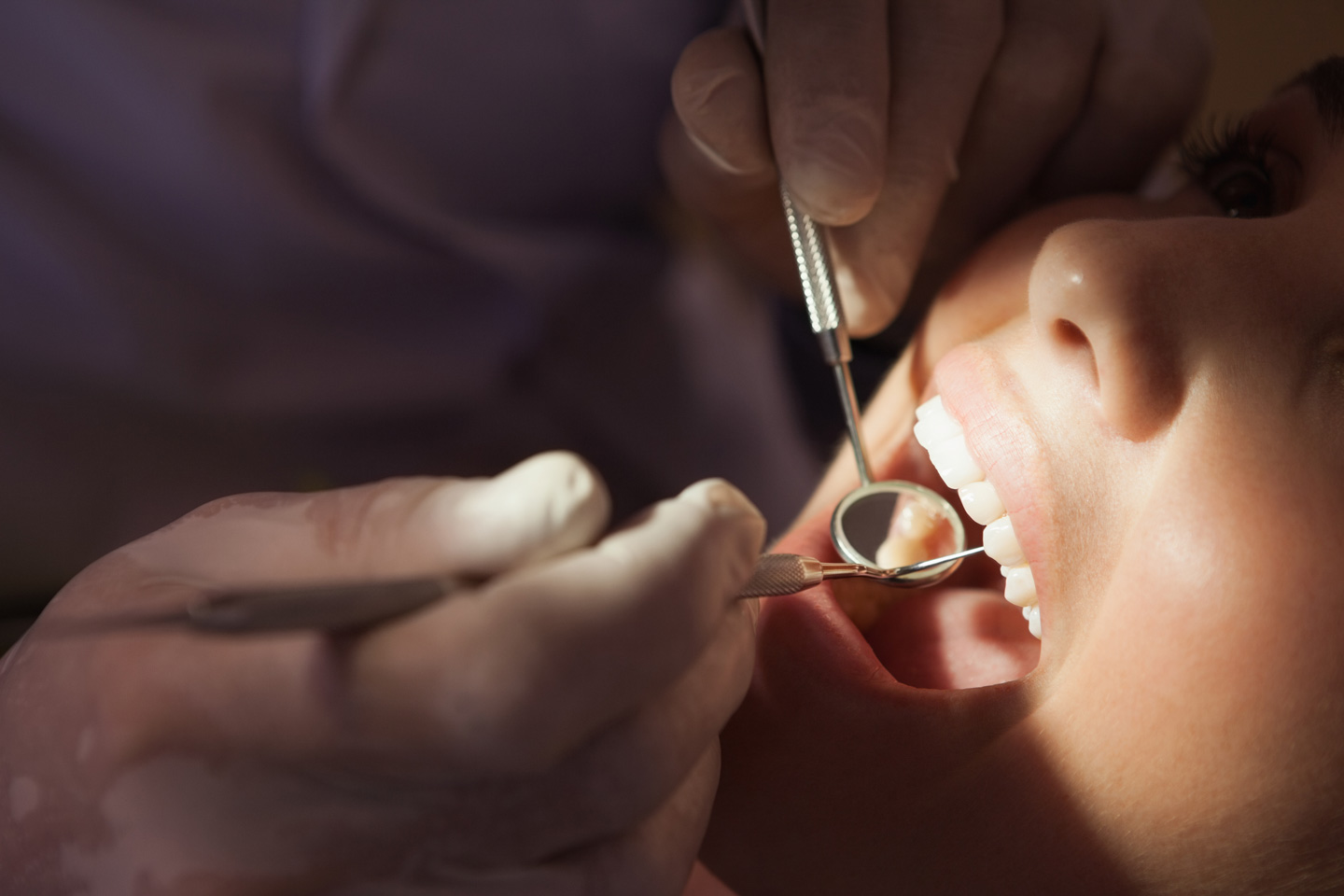Understanding the Causes and Treatments for a Dead Tooth

Have you ever experienced persistent tooth pain or noticed a change in the color of one of your teeth? These could be signs of a dead tooth, also known as a non-vital or necrotic tooth. A dead tooth occurs when the nerve inside the tooth becomes damaged or infected, leading to decay and eventual death of the tooth. In this blog, we’ll delve into the causes, symptoms, and treatment options for a dead tooth, ensuring you’re well-equipped with knowledge to safeguard your dental health.
Causes of a Dead Tooth:
Tooth Decay:
One of the primary causes of a dead tooth is untreated tooth decay. When cavities penetrate deep into the tooth, they can reach the inner pulp where the nerves and blood vessels are located. If left untreated, the decay can progress to the point where the nerve becomes damaged or infected, resulting in the death of the tooth.
Tooth Trauma:
Trauma to the tooth, such as a sudden impact or injury, can also cause the nerve inside the tooth to die. This can occur due to accidents, falls, or sports-related injuries. Even if the tooth appears intact externally, the force of the trauma can damage the internal structures, leading to nerve death over time.
Tooth Infection and Abscess:
Untreated tooth infections can spread to the pulp chamber and cause the nerve to die. When bacteria invade the innermost part of the tooth, they can multiply rapidly, leading to inflammation, pain, and ultimately, the death of the tooth. In severe cases, an abscess may form at the root of the tooth, further complicating the situation.
Symptoms of a Dead Tooth:
- Persistent or throbbing tooth pain
- Sensitivity to hot or cold temperatures
- Swelling or tenderness in the gums
- Discoloration of the affected tooth (usually turning gray or black)
- Bad taste or odor in the mouth
If you experience any of these symptoms, it’s crucial to seek prompt dental attention to prevent further complications.
Dental Treatment Options:
Root Canal Therapy:
Root canal therapy is often the preferred treatment for saving a dead tooth. During this procedure, the dentist removes the infected or damaged pulp from the tooth, cleans and disinfects the root canal, and then fills it with a special material to prevent reinfection. Finally, a dental crown is placed over the tooth to restore its strength and appearance.
Tooth Extraction:
In some cases where the damage is extensive or if the tooth cannot be saved through root canal therapy, extraction may be necessary. However, it’s essential to discuss replacement options, such as dental implants or bridges, to maintain proper oral function and aesthetics.
Dental Crown:
After undergoing root canal therapy, a dental crown is often placed over the treated tooth to provide added protection and support. Crowns are custom-made to match the color and shape of your natural teeth, ensuring a seamless smile.
Maintaining Dental Health:
To prevent the occurrence of dead teeth and other dental problems, practicing good oral hygiene is key. This includes brushing your teeth twice a day, flossing daily, and visiting your dentist regularly for check-ups and cleanings. Additionally, wearing a mouthguard during sports activities can help prevent tooth trauma and injuries.
Conclusion
A dead tooth can be a concerning dental issue, but with prompt intervention and appropriate treatment, it’s often possible to save the tooth and restore oral health. Whether you require a root canal, dental crown, or other dental treatment, our experienced team at Smile Zone Dental in Highland, Indiana, is here to provide compassionate care and personalized solutions to meet your needs. Don’t let tooth pain or discoloration affect your smile—schedule a consultation today and take the first step towards optimal dental health.



